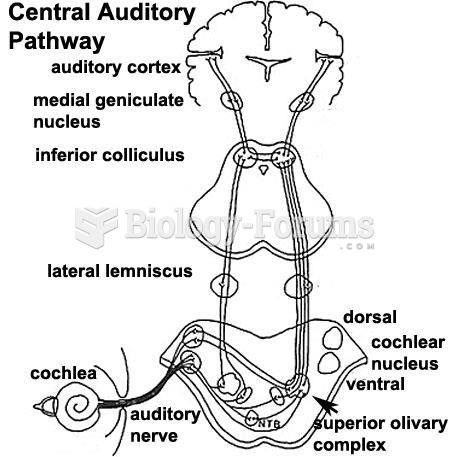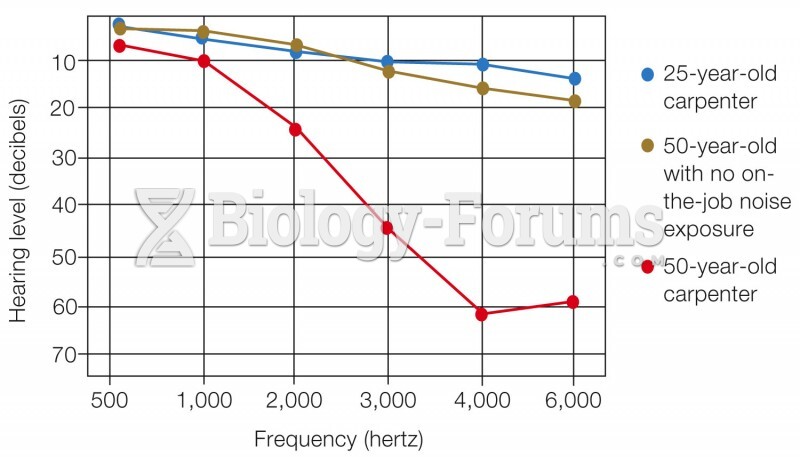Answer to Question 1
a
Answer to Question 2
In recent years, jury selection has taken a scientific turn. Attorneys in a few highly publicized cases have employed social scientists to aid them in a more intelligent, systematic use of the voir dire that has come to be called scientific jury selection.. As described in great detail by Lieberman and Sales (2006), scientific jury selection typically involves a small group of experts from a variety of disciplinary backgrounds, including marketing, communications, sociology, and, most especially, psychology. Teams of such jury consultants conduct public opinion polls and employ laypeople to participate in focus groups or mock trials. With polls and focus groups, they test which pieces of evidence, witnesses, and arguments might be most effective in convincing people to vote a particular way. With mock trials, they test their whole case and then debrief the mock jurors on why they voted as they did. These processes allow jury consultants to identify the issues in a case that are most relevant to the case outcome, as well as to formulate profiles of the juror characteristics that are likely to affect the trial outcome. Using the information they gather, the jury consultants then design questionnaires to be administered to the potential jurors in an actual case. Once these questionnaires are compiled, the jury consultants are able to advise the lawyers in a case about which potential jurors they should want on the jury, and those whom they should seek to avoid.
Trial consultants are hired most often by defense attorneys, as opposed to the prosecutors. In reality, the consultants try to deselect jurors who are likely to be adverse to their client. Whether this process actually functions any better than attorneys doing traditional jury selection using pop psychology and their gut instincts is still being debated both in the empirical literature and by practitioners. Two things, however, seem clear. First, jury consultants can help attorneys develop trial presentations that are clear and convincing. Second, jury consultants appear to be here to stay.






